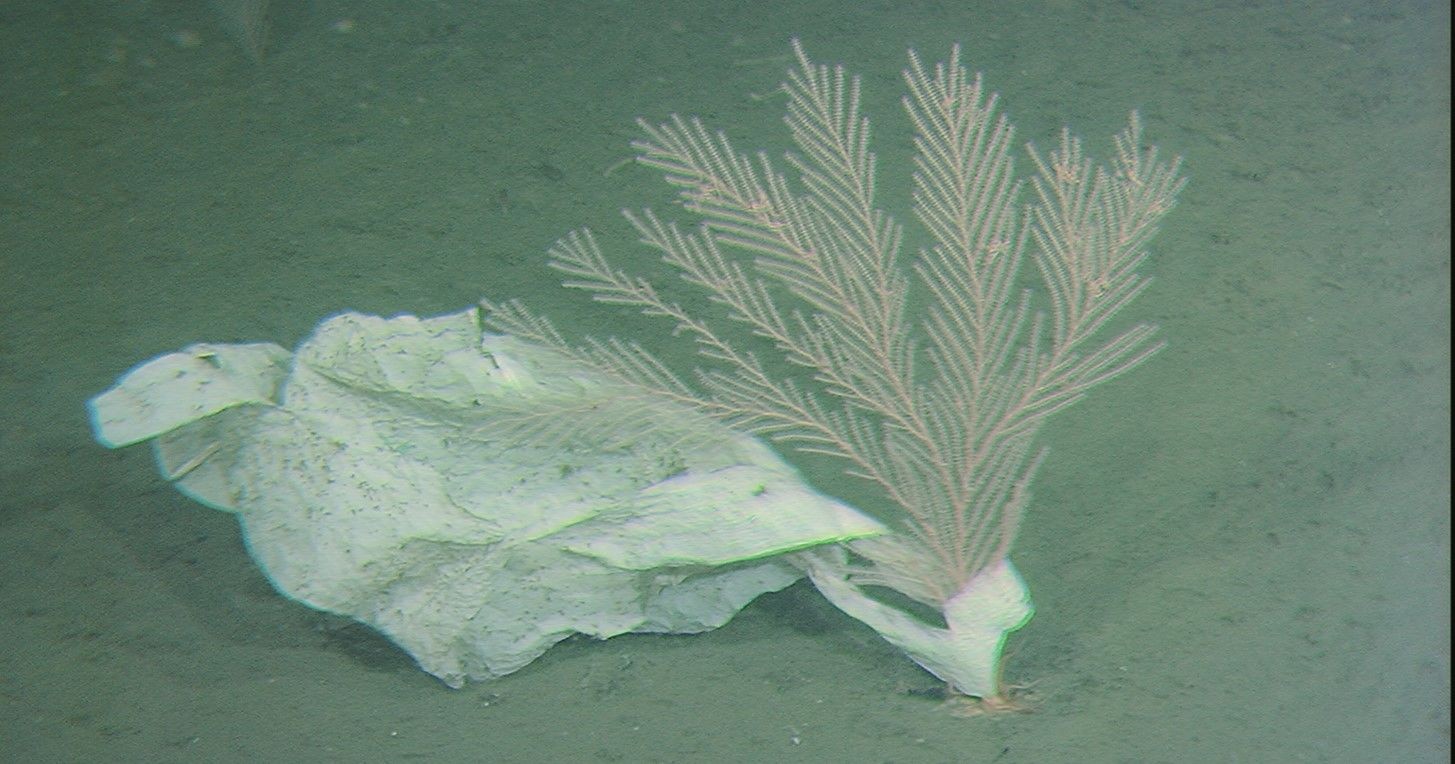Single-Use Plastic Has Reached the World's Deepest Ocean Trench

A new article, Human footprint in the abyss: 30 year records of deep-sea plastic debris, reveals human activities are affecting the deepest part of the ocean, more than 1000km from the mainland.
Plastic pollution is emerging as one of the most serious threats to ocean ecosystems. World leaders, scientists and communities recognise the urgent need for action, but the impacts of plastic pollution are not well understood.
To raise awareness of the far-reaching effects of plastic pollution, ocean scientists used information from the Deep-sea Debris Database. The Global Oceanographic Data Centre of the Japan Agency for Marine-Earth Science and Technology launched this database for public use in 2017. It contains over 30 years of photos and videos of debris that have been collected by deep-sea submersibles and remotely operated vehicles.
The data revealed that, from 5010 dives, more than 3000 pieces of man-made debris – including plastic, metal, rubber and fishing gear – were counted. Over a third of debris found was macro-plastic, 89% of which was single-use products. In areas deeper than 6000m, over half of debris was plastic, almost all of which was single-use.
The article also reveals that single-use plastic has reached the world’s deepest ocean trench - a plastic bag was found in the Mariana Trench, 10,898m below the surface. The ubiquitous distribution of single-use plastic, even to the greatest depths of the ocean, reveal a clear link between daily human activities and the remotest of environments.
Once in the deep-sea, plastic can persist for thousands of years. Deep-sea ecosystems are highly endemic and have a very slow growth rate, so the potential threats from plastic pollution are concerning. There is growing concern that deep-sea ecosystems are already being damaged by direct exploitation of both biological and non-biological resources – through deep-sea trawling, mining and infrastructure development, for example. The results of this study show that deep-sea ecosystems are also being affected indirectly by human activities.
Reducing the production of plastic waste seems to be the only solution to the problem of deep-sea plastic pollution. A global monitoring network is needed to share the limited data on deep-sea plastic pollution, and impact assessment surveys should be prioritised for biologically and ecologically important areas with high concentrations of plastic debris, and to use ocean circulation models to identify how plastic is travelling from land to the deep-sea.



